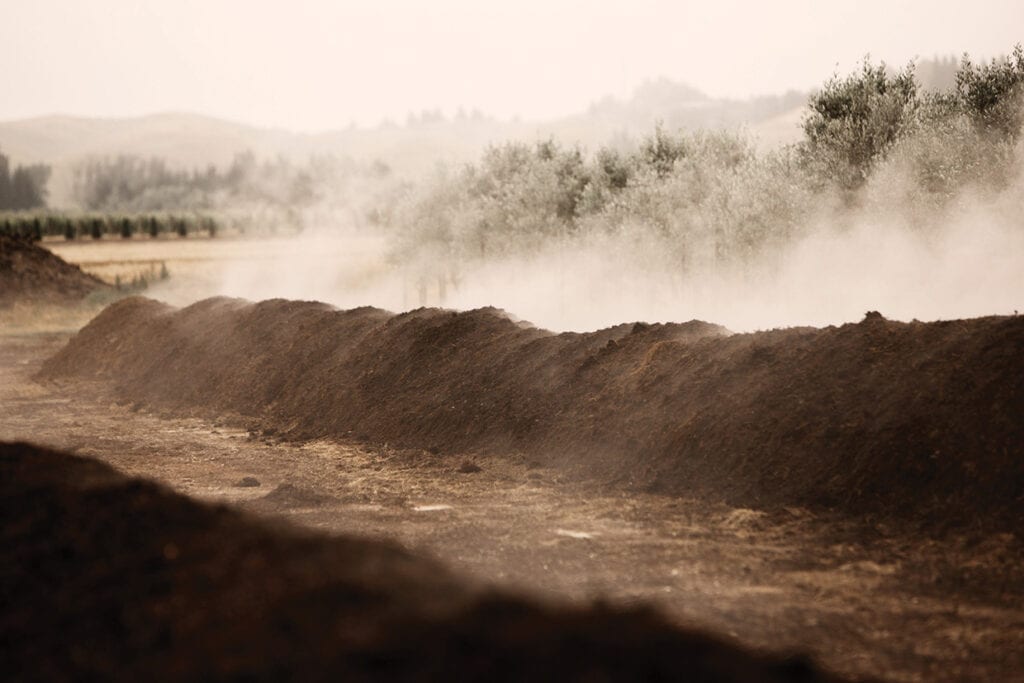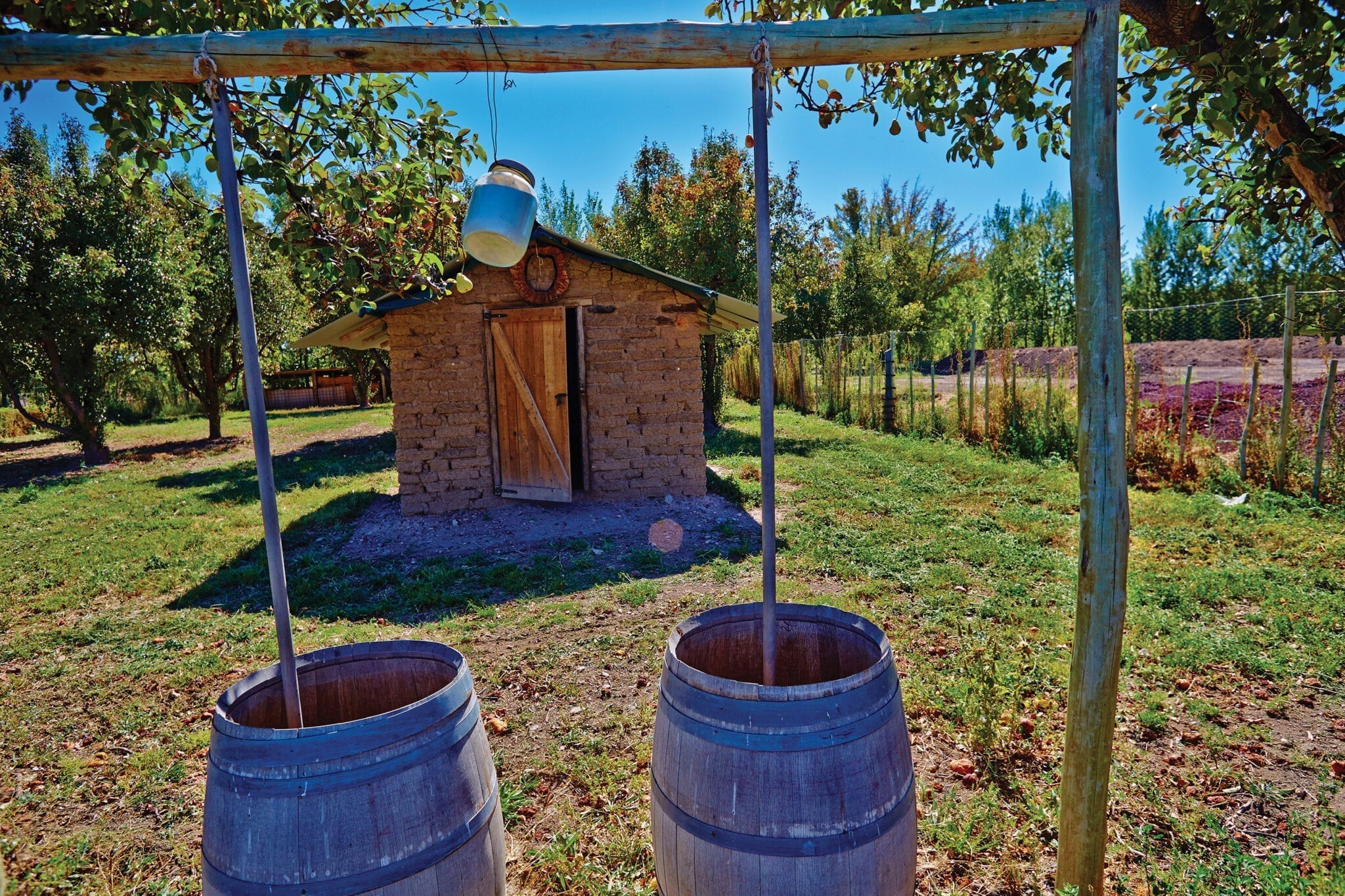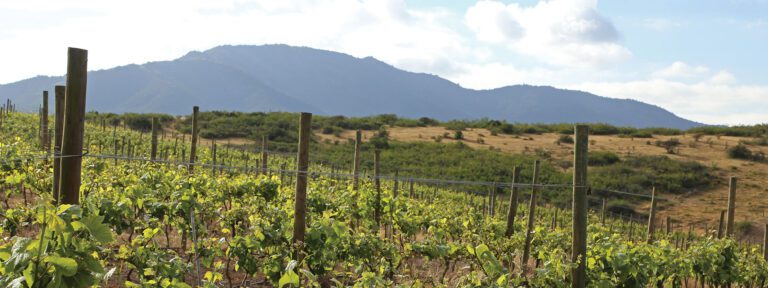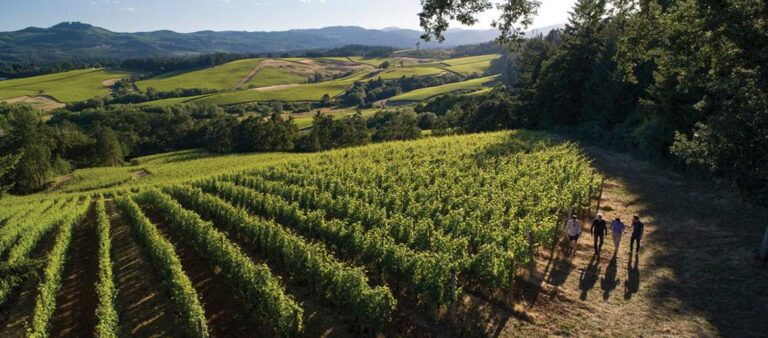Today more than ever, consumers are aware of the power of their dollar and where they choose to spend it. When it comes to wine, that means what you buy might support local businesses, a wine producer you know and admire, or increasingly, sustainable practices. A sustainably produced wine improves not just the environment, but—many producers would argue—very often the quality of the wine.
Wine can come in more than one “green” form, however: organic, natural, sustainable, or biodynamic each comes with a different set of rules and philosophies behind them. Let’s take a closer look at what it means when a winery starts talking about biodiversity, moon cycles, and sulfites.
What does it mean for a wine to be green?
SUSTAINABLE
This is often the first step toward organic farming. Sustainable winegrowing and winemaking emphasize environmentally friendly, socially equitable, and economically feasible production, including organic practices, increasing vineyard biodiversity, soil revitalization, renewable energy and conservation, and water reclamation.
How is it regulated? Voluntary third-party certifications exist from numerous U.S. and international organizations. The California Sustainable Winegrowing Alliance (CCSW), Lodi Rules, Sustainability in Practice (SIP), and Low Input Viticulture and Enology (LIVE) are all well-known US-based organizations.

ORGANIC
Through organic farming, over time, chemical products are removed from the soil and the vineyards attain better chemical and microbiological balance, resulting in better grapes. The number of certified organic vineyards is small but continues to grow (5% of California vineyards are certified organic; Germany, Italy, and Alsace have many).

Four categories of organic wine exist in the U.S.:
- “100% Organic Wine” must be made with 100% organically grown grapes (farmed without pesticides, herbicides, synthetic fertilizers, soil fumigants or other chemicals) and vinified without added sulfites (naturally occurring sulfites may not exceed 10 parts per million) and show the name of the USDA accredited certifying agency. May bear the USDA Organic seal.
- “Organic Wine” must be made from 95% organically farmed grapes with no added sulfites.
- “Wine Made with Organic Grapes” must contain at least 70% organically farmed and verified grapes and may contain added sulfites; the wine may bear the seal of a certifying agency but not the USDA.
- “Some Organic Ingredients” includes less than 70% organic grapes and the label must identify the organic percentage; may not bear any certifying seal.
How is it regulated? Organic is the most regulated farming practice and is the only one that requires government certifications. The U.S. government has regulated organic products since 1990; foreign national and provincial governments have similar certifications.
BIODYNAMIC®
Developed in the 1920s from concepts set forth by Austrian philosopher Dr. Rudlof Steiner, biodynamic farming takes a holistic, symbiotic approach where all parts of the vineyard are treated as a self-contained micro-ecosystem. It eliminates synthetic chemicals and encourages biodiversity and the use of homeopathic herbs instead of commercial fertilizer, weed killer, and pesticides.

Natural treatments (special mixtures added to compost), herbs (valerian or nettles), natural predators (ladybugs), cover crops, and native animals are used. The traditional lunar calendar determines ideal dates for vineyard work. Biodynamic wines are vinified with natural rather than cultured yeasts, zero additives (sugar, tannin, acidification, and bacteria to start malos), and limited added sulfites (less than 150 ppm for dry wines).
Converting to Biodynamic farming requires considerable time and expense, but many winemakers believe it has the greatest potential to make high-quality fine wines.
How is it regulated? Biodynamic is certified by the worldwide Demeter organization. “Return to Terroir” is an alternative organization formed by a Loire winemaker and Biodynamic evangelist. Certified Biodynamic farms and vineyards are inspected annually.
NATURAL WINE
Natural wine bars have hit their stride in cities around the country, and these sometimes funky, sometimes frizzante wines continue to find fans. Though the loosest definition in the green wine categories is natural wine, we’d be remiss not to explain it (if not actually define it).
There is no single definition of a natural wine, but rather an overall principle of producing wine as “pure” as possible with minimal intervention. Native yeasts and organic or “almost” organic agriculture are thought to be acceptable natural winemaking practices, but again, there are no rules. Alice Feiring, a well-known natural wine advocate, describes it as a wine made with only naturally occurring yeasts and very little outside chemicals.
Wines with green practices, but no labels
Wines made in any of the above methods will come with a higher price tag in accordance with the higher cost of production methods. Even transitioning from standard to organic requires an intimidatingly huge investment. Many environmentally ethical winemakers follow the standards and even go beyond the minimum requirements, yet choose to have no certification at all—or simply cannot afford it. All of these winemakers are truly stewards of their vineyards. They follow their own guidelines because they believe in a better, healthier wine, environment, and working conditions even without the added benefit of a label that guarantees payoff for their hard work.
In this case, the only way to know if a winery is sustainable is to visit the cellars, walk through the vineyards, and talk to the winemaker. And that’s certainly not the worst method of choosing where to spend your hard-earned dollar.



